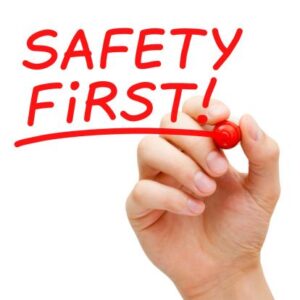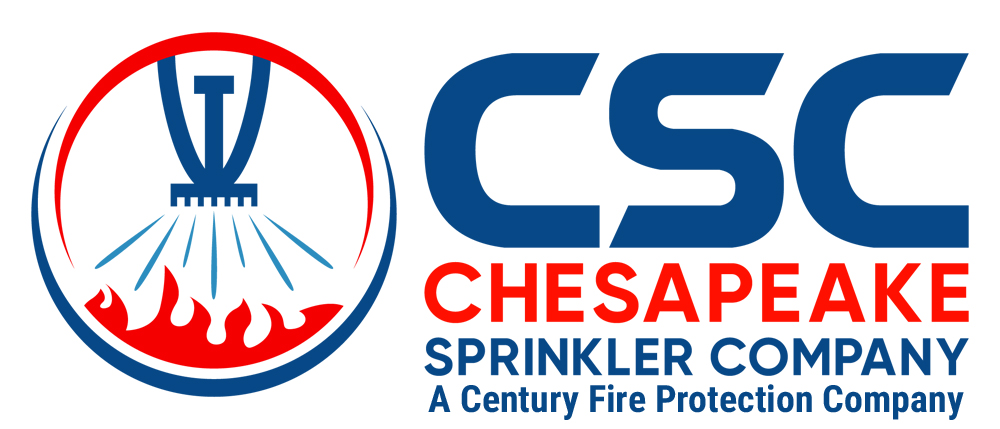Understanding the ins and outs of fire safety can be complicated all by itself. However, when a fire emergency happens, people panic. While trying to be safe, sometimes people forget what actions to take because they’re afraid. Fortunately, there are many tricks to help you and your team remember fire safety rules. For example, we broke down the “5 E’s of commercial fire safety.” Today, we’ll be breaking down what R.A.C.E and P.A.S.S. stand for regarding fire safety.

Understand the various elements of fire safety.
What Does R.A.C.E Stand for in Fire Safety?
The RACE acronym is excellent to use in the workplace or healthcare facility. R.A.C.E. stands for remove, alert/alarm, confine/contain, and extinguish. While your team might already have the proper training on what to do in a fire emergency, parts of your these strategies can become lost in a panic. Here are descriptions of each of these steps.
Remove Occupants from the Building
You want to ensure that all visitors, guests, and employees are safe. The best way to be safe during a fire emergency is not to be inside a burning building because a fire can escalate quickly and cause injuries. Sometimes, a fire might be small enough to be put out with a fire extinguisher. If not, all participants should leave the building.
Alert External Authorities and Sound Alarms
Once people are away from the premises, the next step is to alert external authorities and sound any internal alarms that align with your building’s emergency evacuation plan. Modern fire protection systems will alert authorities and trigger alarms immediately. However, it’s worth considering upgrading your fire protection systems if this isn’t the case.
Confine and Contain the Fire
Once your employees and visitors are safe, the next step is to confine or contain the forthcoming damage the fire may cause. Fire, smoke, and anything combustible should stay in one area and not spread, if possible. You can close doors and windows to prevent smoke from spreading because it cuts off a fire’s oxygen flow.
Extinguish the Fire
You and your team should know the locations of your fire extinguishers. Your team should know this information even if there is smoke and darkness. Additionally, it’s helpful for your building to have an evacuation map or diagram.
What Does P.A.S.S. Stand for in Fire Safety?
Speaking of “extinguishing the fire,” fire extinguishers come with labels with the type and class of the extinguisher and its operating instructions. The PASS acronym reminds you of how to use a fire extinguisher which goes as such:
- P: Pull the pin in the nozzle of the fire extinguisher
- A: Aim the nozzle at the fire’s base
- S: Squeeze the handle
- S: Sweep the extinguisher from side to side, smothering the fire.
We hope that you’ve found these fire safety acronyms helpful. While abbreviations are valuable, you should prepare your team often for a fire emergency with thorough training. Contact Chesapeake Sprinkler to discover more about how to have the best fire protection systems to keep you, your team, and your building safe.
Contact Chesapeake Sprinkler Company Today!
Chesapeake Sprinkler Company is a leading fire sprinkler contractor in the region, which is now a 100% employee-owned (ESOP) company. As a full-service fire protection company, we offer design, fabrication, installation, testing, maintenance, and inspection of fire protection systems—everything you need from your fire suppression specialist.
For more information, please email or call our Odenton location at 410-674-7041, our Ashburn location at 703-729-5150, or for service/maintenance Chesapeake Protection Services at 410-674-7577. Feel free to keep in touch through Facebook, Twitter, or LinkedIn!
